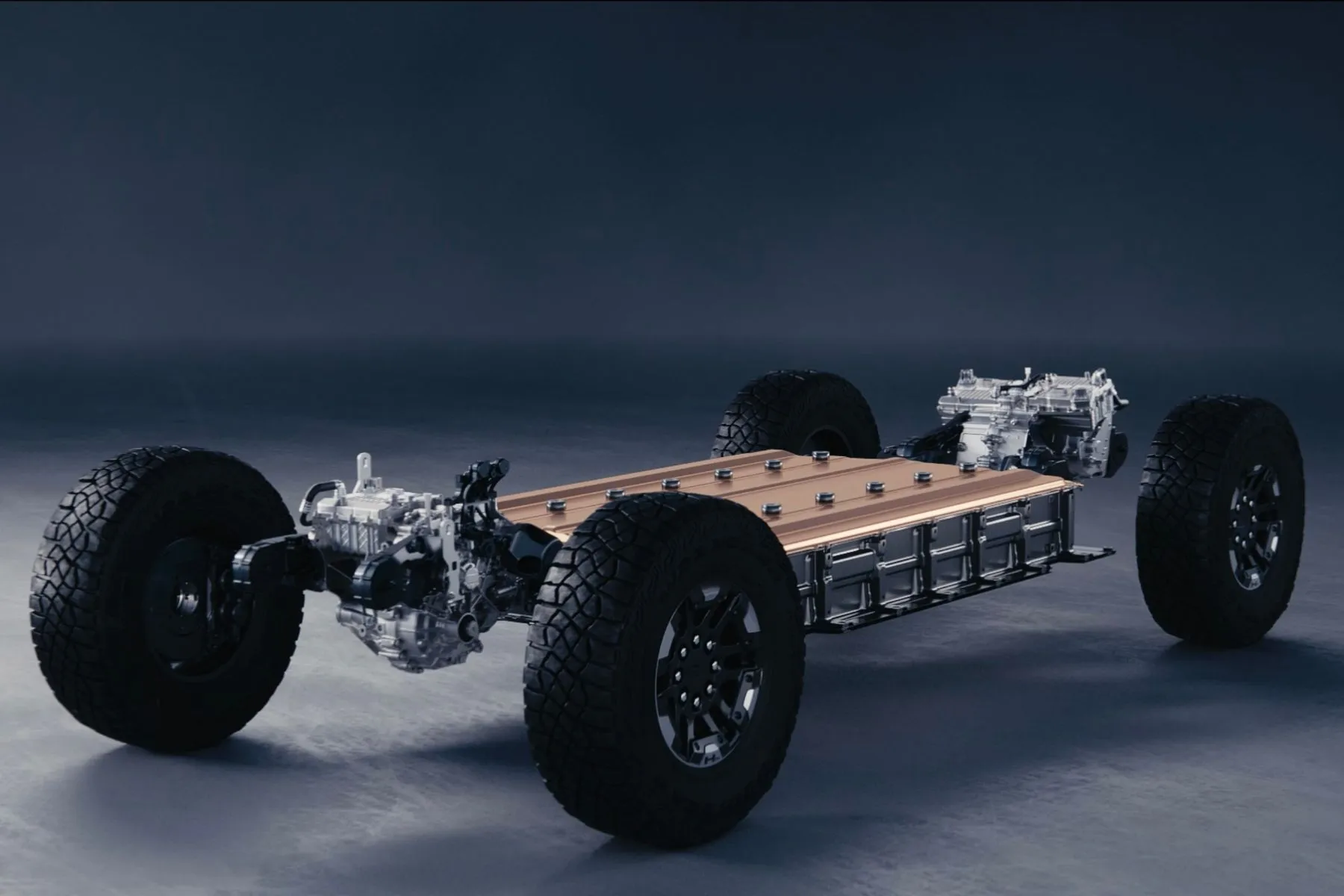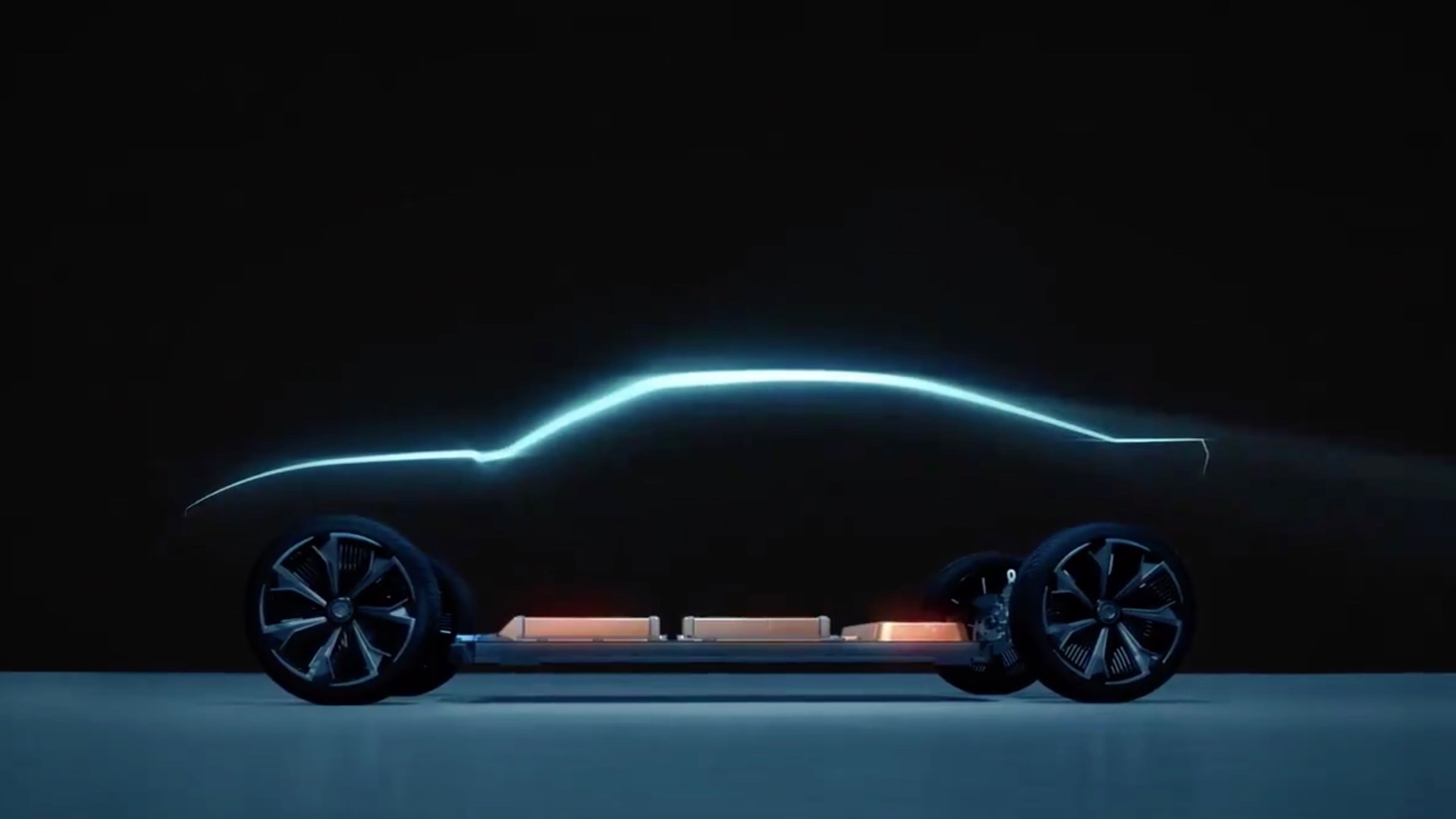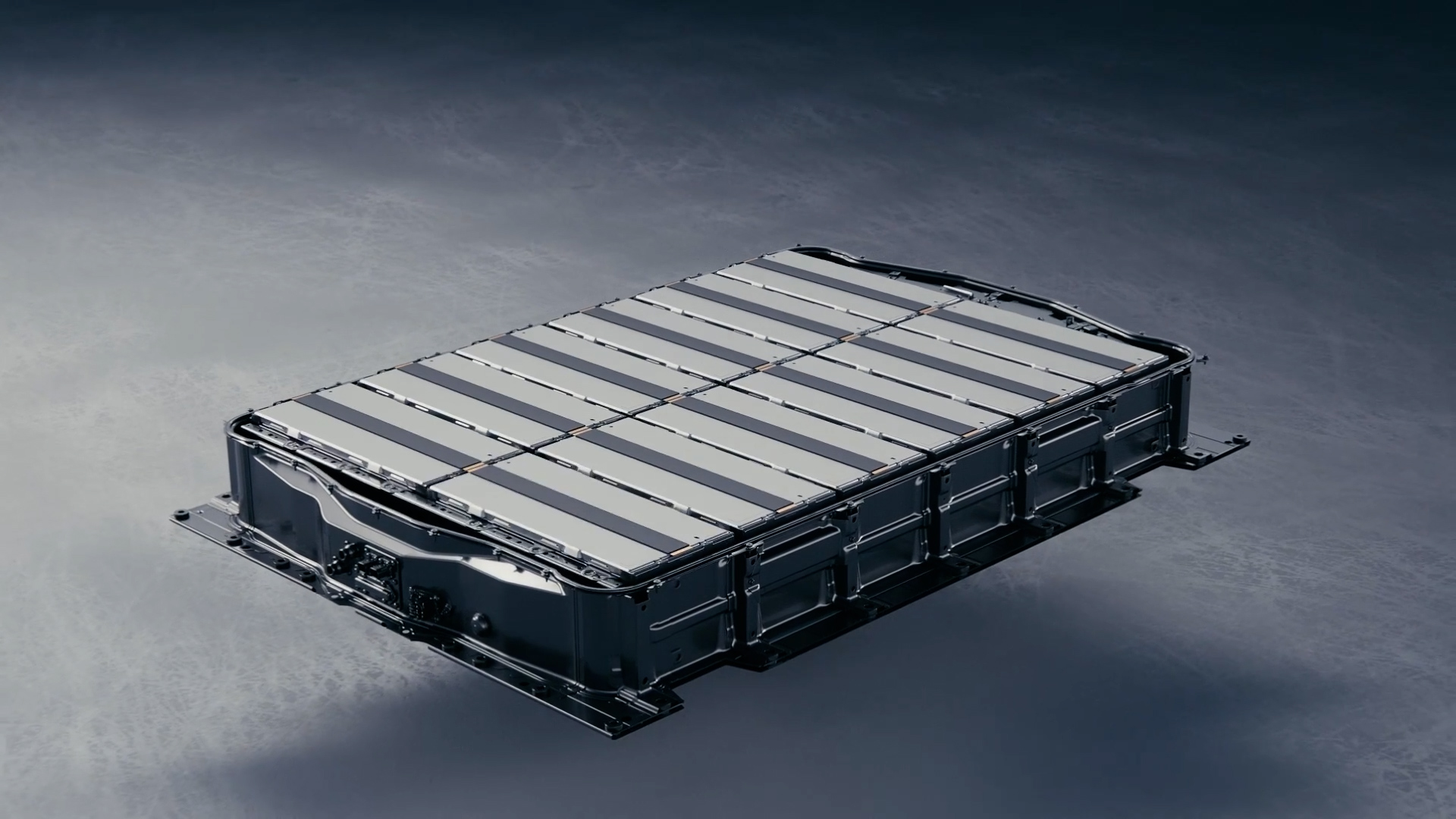The Cadillac Lyriq is one of the first electric vehicles (EVs) to use a special system from GM called Ultium. This system is the heart of many of GM’s new electric cars, like the Lyriq and the upcoming Hummer EV.
I recently got a chance to speak with Jerry Beemer, an expert on electric vehicles at GM, to learn more about the Ultium system. Here’s the interesting thing: even though many GM EVs use the Ultium system, the battery packs themselves can be a little different.
The core of the system is a special battery cell that GM uses in a lot of their North American electric vehicles. These cells are long and skinny, and they are grouped together in modules. The way these modules are wired together determines the overall voltage of the battery pack in the car.

For example, the Cadillac Lyriq uses a bunch of modules wired together in a specific way to get a voltage of around 29 volts per module. Since there are many modules in the Lyriq, the total battery pack voltage ends up being much higher.
GM’s Ultium Battery System: More Power Without Going Overboard on Voltage
GM’s Ultium system is designed to deliver power to electric vehicles like the Cadillac Lyriq and the Hummer EV. While some car companies are looking at using really high-voltage systems (800 volts), GM isn’t focusing on that right now.
According to GM, keeping the voltage lower helps them build these electric vehicles at a larger scale and bring down costs. That’s a priority for them for now. But that doesn’t mean the system isn’t powerful! Even at a lower voltage, the Hummer EV can deliver a surprising amount of power (around 1,000 horsepower).

Another interesting tidbit: GM is a bit secretive about exactly how much voltage the battery gets charged to and discharged at. This is technical information that other car companies would love to know!
GM seems to be happy with the Ultium system so far, but they also believe there’s still room for improvement. They’re working on figuring out how the battery cells, modules, and entire packs behave under different conditions. This will help them get the most out of the system in the future, and it might even lead to them using different battery shapes (pouches, cylinders, or other designs) in their electric vehicles.

